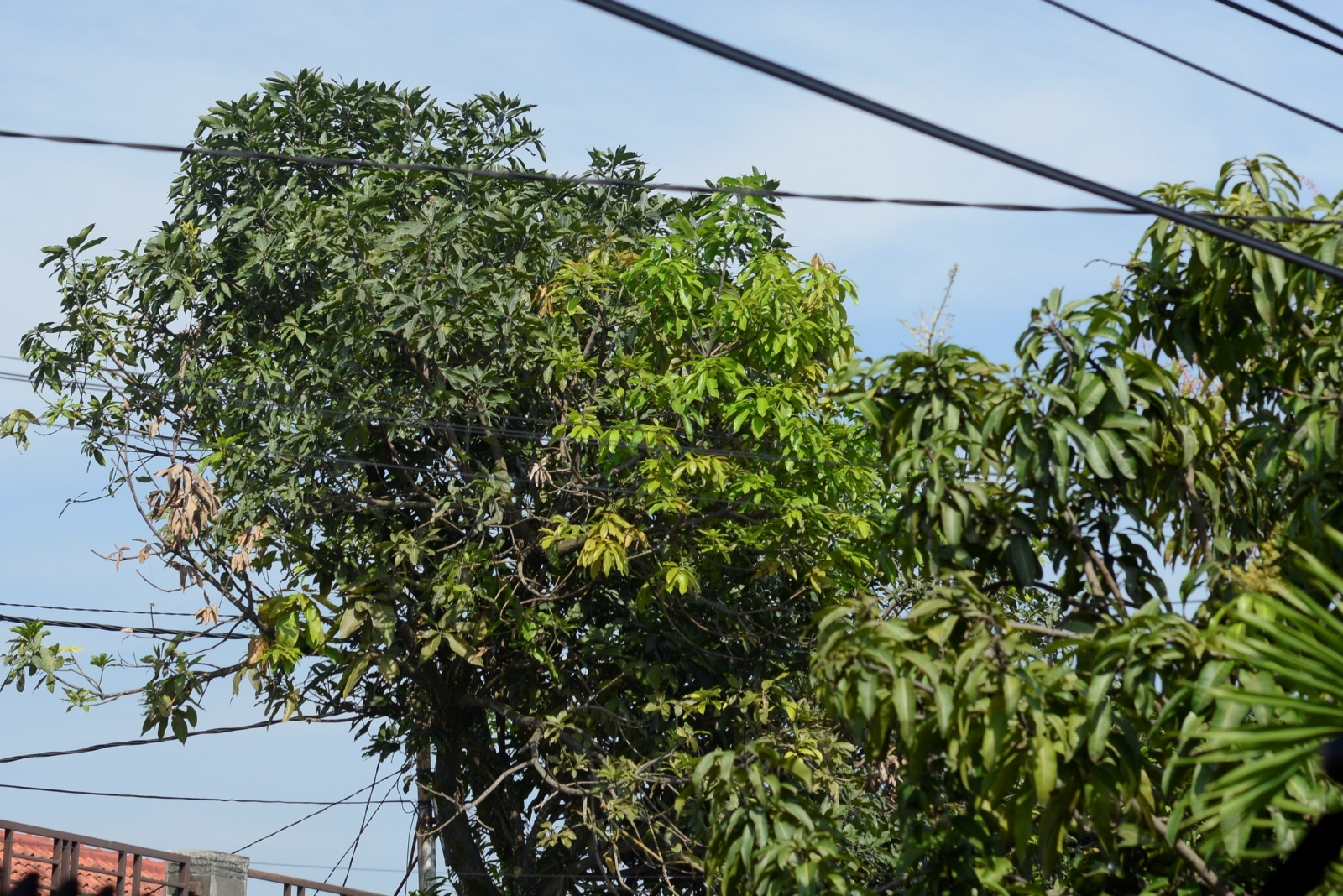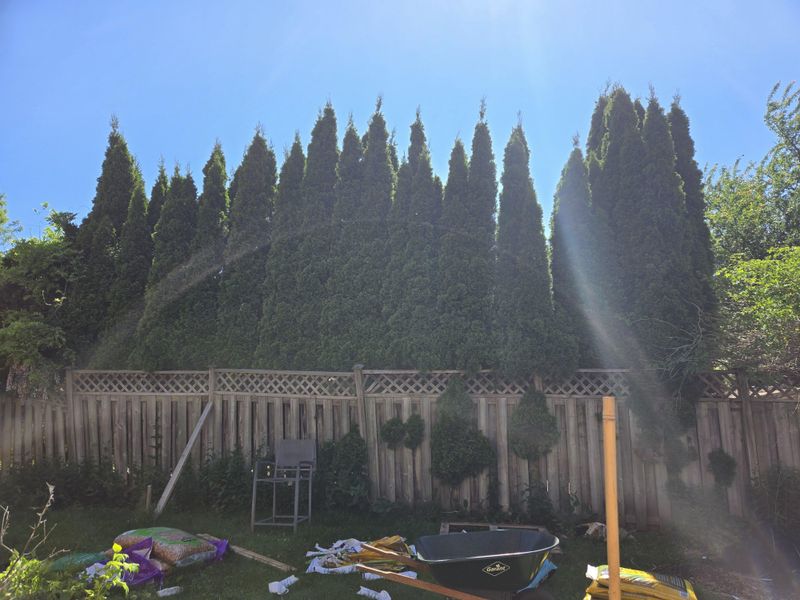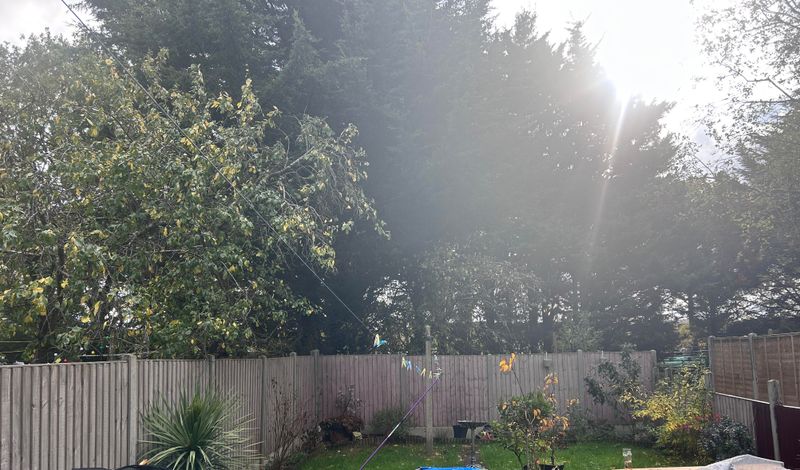Pennsylvania has plenty of mature trees, and sometimes they cast more shade than a yard can handle. I’ve watched sunlight disappear from a garden practically overnight.
Sorting out responsibility can feel confusing at first. Understanding the rules helps you avoid unnecessary conflict.
1. Pennsylvania Has No Sunlight Protection Laws
Unlike some states, Pennsylvania does not have specific laws that protect your right to sunlight. Your neighbor is generally allowed to let their trees grow tall, even if they cast shadows over your property.
Courts in Pennsylvania typically do not consider loss of sunlight as legal damage. Homeowners cannot force their neighbors to trim or remove trees simply because they block sunshine, which makes this a tricky situation to navigate legally.
2. Talk to Your Neighbor First
Before taking any formal action, start with a friendly conversation. Many neighbors are willing to work together once they understand how their tree affects your yard or garden.
Approach the discussion calmly and respectfully, explaining your concerns without placing blame. Suggest possible solutions like trimming branches or thinning the canopy. Most disputes in Pennsylvania get resolved through simple communication rather than costly legal battles, saving everyone time and stress.
3. Property Lines Matter Greatly
Understanding where your property ends and your neighbor’s begins is crucial. You generally cannot touch or trim any part of a tree that sits entirely on your neighbor’s land in Pennsylvania.
However, if branches hang over into your yard, you usually have the right to trim them back to the property line. Always check local ordinances first and consider hiring a surveyor if boundaries are unclear to avoid potential legal trouble.
4. Mediation Can Save Money and Relationships
When direct conversation does not work, consider mediation services available throughout Pennsylvania. A neutral third party can help both sides reach a fair agreement without going to court.
Mediation is typically faster and cheaper than lawsuits, and it helps preserve neighborly relationships. Many community centers and local governments offer affordable or even free mediation programs. Finding middle ground benefits everyone involved and keeps tensions from escalating into something more serious.
5. Homeowners Associations May Have Rules
If you live in a neighborhood with a homeowners association in Pennsylvania, check your HOA rules carefully. Many associations have specific guidelines about tree height, maintenance, and landscaping that all residents must follow.
Your neighbor might be violating HOA regulations without realizing it. Contact your HOA board to report the issue and request enforcement. Sometimes HOA intervention provides a solution when personal conversations have not worked, giving you another avenue to explore.
6. Document Everything Thoroughly
Keep detailed records of how the tree affects your property. Take photos showing the shadows at different times of day and note any damage to your garden or grass caused by lack of sunlight.
Save copies of all conversations, letters, or emails exchanged with your neighbor. If the situation escalates in Pennsylvania, having solid documentation strengthens your position and helps mediators or lawyers understand the full scope of your concerns and the timeline of events.
7. Legal Action Is a Last Resort
Suing your neighbor should only happen after exhausting all other options. Pennsylvania courts rarely rule in favor of sunlight disputes, making lawsuits expensive and often unsuccessful.
Legal fees can quickly add up, and even winning does not guarantee your desired outcome. Consider whether the cost and stress are worth it. Sometimes accepting the situation or finding creative solutions like relocating gardens or adding grow lights makes more practical sense than lengthy court battles.








